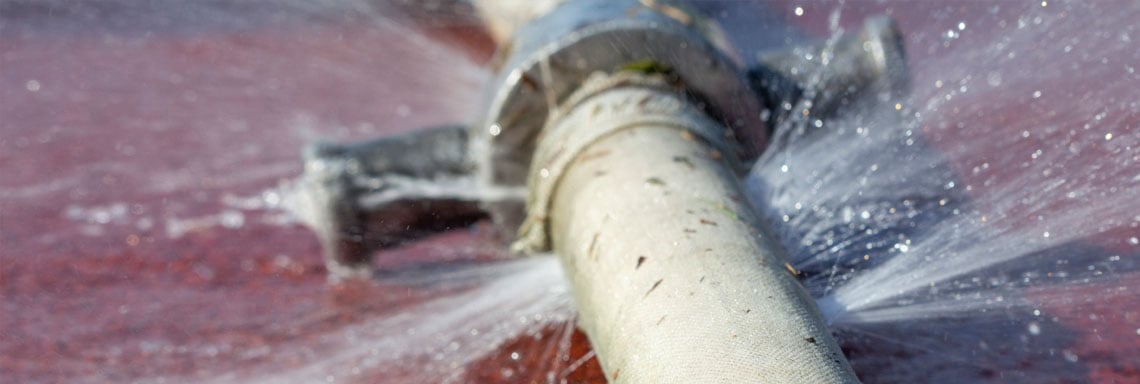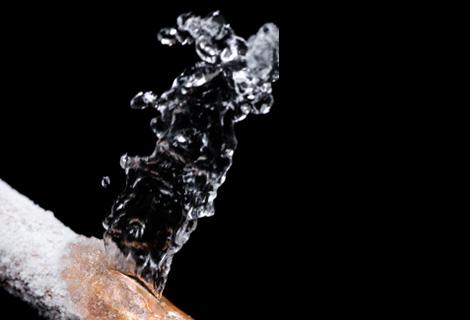The content listed below involving What to Know Before Installing a Dishwasher is without a doubt informative. Give it a go and draw your own personal assumptions.

A ruptured pipeline is a major emergency; you can just stand as you watch water you pay very much to rejoin with the earth. In even worse instances, you discover a swimming pool on your cooking area floor, which is an excellent trip risk, particularly if you have kids around. If the pipe that ruptured remained in your walls, problem: you might require to repaint that entire area.
Just how can a disaster like a ruptured pipeline be prevented and handled? Well, by paying attention to your professional emergency plumbings as well as complying with these policies.
Just how do I know when my pipes have burst?
Changing water stress
Pipelines do not just burst in a day. You may have discovered that your cooking area faucet or shower does not run immediately when you turn the faucet. It might stop briefly for a couple of secs and afterwards blast you with more force than normal.
In various other circumstances, the water might appear regular at first, after that drop in pressure after a few seconds.
Wet walls as well as water spots
Before a pipeline ruptureds, it will certainly leakage, a lot of times. If this relentless dripping goes undetected, the leakage might finish right into a vast wound in your pipeline. One easy way to avoid this emergency is to look out for wet walls advertisement water stains. These water stains will certainly lead you right to the leakage.
Puddles under pipelines as well as sinks
When a pipeline ruptureds, the discharge creates a pool. It might appear that the pool is expanding in dimension, and also despite the number of times you wipe the pool, in a couple of mins, there's another one waiting to be cleaned. Frequently, you may not be able to trace the puddle to any type of visible pipes. This is an indication to call an expert plumber.
Untraceable leaking noises
Pipe bursts can occur in the most unpleasant places, like within concrete, inside walls, or under sinks. When the house goes silent, you may have the ability to listen to an aggravatingly consistent leaking noise. Also after you have actually inspected your shower head and kitchen faucet, the leaking may continue.
Beloved viewers, the leaking may be originating from a pipeline inside your walls. There isn't much you can do about that, other than inform a professional plumber.
Shut off the Water
When water ices up, it broadens in volume by concerning 9 percent. And also it expands with significant force: The stress inside pipes might go from 40 pounds per square inch to 40,000 psi! No pipe can hold that much stress, so it breaks open. The break might occur where the ice types, yet more frequently, it takes place where water pressure locates a vulnerable point in the pipe. That might be inches and even feet from the icy location. Find the water shutoff valve and also shut off the water to prevent even more damage. You could likewise need to turn off the electrical power also, depending on where the leakages happens and also exactly how big it is.
Polluted water
Many people think a burst pipeline is a one-way outlet. Fairly the contrary. As water drains of the hole or wound in your plumbing system, pollutants find their method.
Your water may be infected from the source, so if you can, examine if your water tank has any kind of issues. However, if your alcohol consumption water is provided and also purified by the local government, you should call your plumber promptly if you see or scent anything amusing in your water.
What do I do when I find a ruptured pipe?
Your water meter will certainly remain to run even while your water wastes. To decrease your losses, find the primary controls and also turn the supply off. The water pipe are an above-ground structure at the edge of your building.
How to Fix & Detect a Leaking Pipe
How Do I Know if a Pipe is Leaking?
Leak detection tests can help you determine if your pipe has a leak. Even if you don’t see an apparent leak, you should still conduct leak detection tests regularly to save water and money—and prevent major damage to your home.
Water meter. It can be helpful to figure out what your usual water meter usage numbers are and then monitor them regularly. To monitor your meter, first, turn off all water faucets in your home. Check the meter and write down the numbers. In a few hours, check the meter again. If the numbers have changed, you have a leak. Water gauge. Use a water gauge to test your water pressure. Your showerhead should produce a certain amount of water pressure based on its model and design. If the pressure is lower than it is supposed to be for that specific showerhead, your home likely has a leak. Puddles. Look inside your bathroom, laundry, and kitchen sink cabinets. Puddles around the cabinets or around toilets, tubs, showers, and washing machines indicate the presence of a leaking pipe. You may also notice loose tiles, peeling or flaking paint, or mold caused by water accumulation. Napkin test. Even if you don’t see any puddles, you may still have a leak. You can test for water leaks in the bathroom, laundry, and kitchen by wiping below-sink connections with a napkin, paper towel, or piece of toilet paper. If it becomes damp, you probably have a leaking pipe under the sink. Discolored walls. Walls that are discolored—usually with brown or yellow stains—or bulging might mean that they have been impacted by water damage caused by a leaking pipe. Smell. A leaky pipe will create sitting water, and over time, that water may develop a musty smell. If your home smells musty, but you can’t locate the source, it may be due to a leak. Steps for Fixing a Leaking Pipe
A leaky drain can be remedied by tightening the pipe base, replacing the drain seal, caulking the rim, and tightening the pipe nut. Similarly, a leaking toilet pipe can be treated by tightening the packing nut. You may also need to replace the valve. A leaky faucet may just need tightening or replacement of the washers. If that doesn’t work, consider replacing your faucet. If your pipe has a hole in it, you may want to use a pipe leak sealer or pipe leak tape. This quick fix for water pipe leaks can also temporarily fix a copper pipe leak. https://www.ahs.com/home-matters/quick-tips/how-to-tell-if-pipes-are-leaking/

Do you like more info about How to Install and Connect a New Dishwasher? Give feedback directly below. We would be glad to know your feelings about this article. We are looking forward to see you back again in the near future. Be sure to take a moment to promote this post if you enjoyed it. I take joy in reading our article about What to Know Before Installing a Dishwasher.
Instant Quote